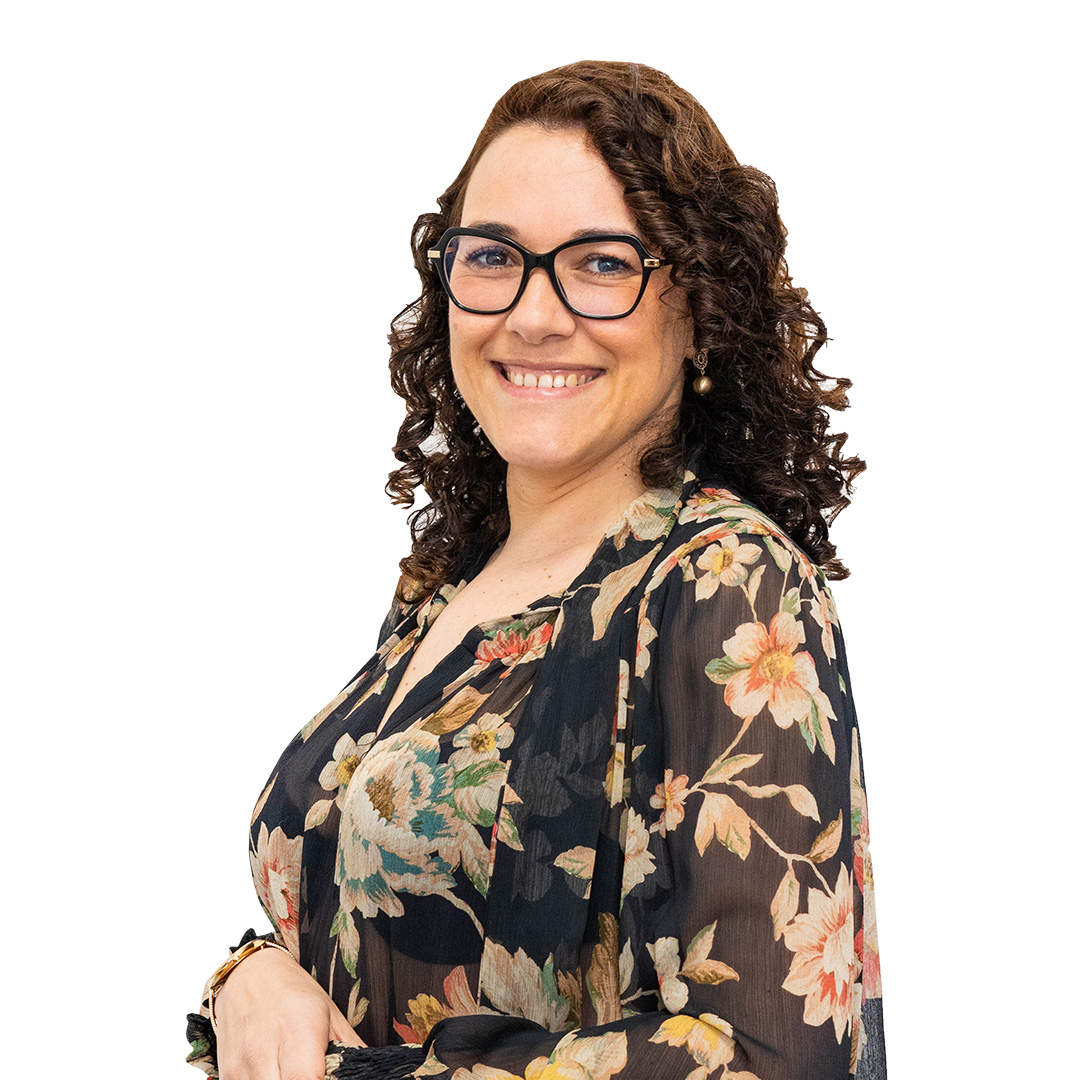
| Acronym: | PASTURCLIM |
| Cost Center: | 858 |
| Operation Code: | ACORES-01-0145-FEDER-000082 |
| Title: | PASTURCLIM - Impact of climate change on productivity and nutritional composition of pastures in the Azores |
| Start-End: | 01-04-2019 - 30-06-2023 |
| Entidade Beneficiária Principal: | Fundação Gaspar Frutuoso |
| Gestores da FGF: | Lúcia Cláudio |
| Responsible Researcher: | Rui Miguel Pires Bento da Silva Elias |
| Organic Units: | FCAA - Faculdade de Ciências Agrárias e do Ambiente |
| R&D Units: | GBA-cE3c - Grupo de Biodiversidade dos Açores |
| Entidade | Montante |
|---|---|
| Total Eligible Cost | 186.921,64 € |
| Direção Regional da Ciência e da Tecnologia (15.0 %) | 28.038,25 € |
| PO Açores 2020 - FEDER (85.0 %) | 158.883,39 € |
Main Objectives:
Increase quality scientific production oriented towards intelligent specialization.
The PASTURCLIM project aims to analyze the impacts of climate change on the productivity and nutritional composition of pastures in response to the societal challenge of adapting to climate change. It will thus allow better preparation for the effects that these changes will have on agriculture, which is why it is a priority within RIS3. With the results of this project we will be able to generate several outputs: adaptation of pastures to climate change, making them more resistant; recommendations to decision-makers on how to maintain or increase pasture productivity in the future (maintaining the socio-economic status of the milk and meat industry in the Azores); generate innovative data.
The specific objectives of this project are as follows:
A. To determine the direct consequences of the increase in temperature and extreme drought on the pastures of the Azores;
B. Determining the consequences for the availability of nutrients in the soil;
C. Evaluate changes in pasture, abundance of herbivores and predators and taxonomic and functional diversity;
D. Investigate the ecophysiological responses of pasture species;
E. Generate field data that can be used to more accurately predict what the consequences of climate change will be and how these might be dealt with by decision makers.
In particular, we seek to answer the following questions:
i) What is the effect of climate change (increased temperature and erratic rainfall patterns) on the abundance of grass species in pastures?
ii) What is the effect of climate change on the primary productivity of grasses in pastures?
iii) What are the consequences of climate change for the availability of nutrients in the soil?
iv) What are the consequences of climate change on the nutrient composition of grasses?
v) What type of pasture is most resistant to the effects of climate change (semi-natural vs intensive)?
vi) How does climate change affect arthropods present in pastures in terms of abundance and diversity (pests vs auxiliaries)?
Project Description:
This study will take place on Terceira Island, the second most productive island in terms of dairy cattle in the Azores. An experimental approach will be carried out in order to simulate predicted climate change and analyze the potential effects on pastures in the Azores. In order to achieve our goals, a manipulative experience in situ will be set up. To perform this manipulation, structures called “open top chambers” (OTC's) and rainout shelters in order to simulate the increase in temperature as well as erratic rainfall patterns, namely periods of drought in the summer. . There will be three different treatments: temperature increase; dry period in summer; and temperature increase and summer dry period. As these chambers will be placedin situ, this allows a better understanding of the effects of climate change in a more realistic scenario, as opposed to experiences ex situ. There will be a total of 48 plots with the different treatments, plus the controls in several different locations on Terceira Island. Several measures will be carried out during the project.
During the three-year period, soil samples will be collected every 6 months and analyzed in the soil laboratory of the University of the Azores. In each plot the coverage of all grass species will be recorded. For arthropods, intersecting flight traps and pitfall traps will be used to collect them. The number of live and dead plants will be counted and dead mantle biomass will be measured. A monitoring scheme using digital thermal photography to assess and monitor the various phenological events and determine aboveground biomass and primary productivity. Primary productivity will also be determined by measuring the concentration of Chlorophyll a. Grass samples will be collected pre and post growing season, to be analyzed in the laboratory in order to determine the mineral and protein content in order to be able to evaluate the changes in nutrients throughout the project.
Results:
The following results are expected from this project:
1) Determine the effects of climate change on pastures in terms of: Changes in the availability of nutrients in the soil; changes in grass growth rates; changes in flowering timing; changes in total grass biomass; changes in Chlorophyll a content; and changes in grass mortality.
2) Determine what changes climate change causes in the abundance, diversity and functional guilds of arthropod species.
3) Determining the reliability of arthropods as indicators of climate change in pastures.
4) Determine what changes climate change causes in the nutritional value of pastures.
5) Use the innovative data obtained to support stakeholders and decision-makers for strategies to deal with climate change.



